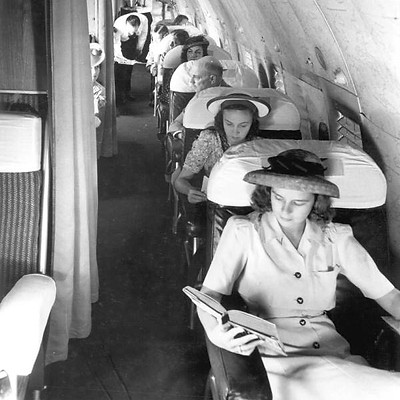Early Accidents Rates and Dispatchers

Despite the early airlines’ best attempts to maintain an image of safe and reliable transportation, many accidents occurred. The public perceived aviation as a dangerous means of transportation. Rumerman (n.d.) states that in 1932, a $5,000 insurance policy for an airplane trip cost two dollars, while the same policy for a railroad trip cost just 25 cents. American Airlines President C.R. Smith authored a 1937 advertisement entitled, “Why Dodge This Question: Afraid to Fly?” (Allen, 1981, p. 98). This advertisement came after a series of accidents in the mid-1930s, several of which helped redefine the role of the aircraft dispatcher.
The increased passenger traffic on United States airlines in the 1930s led to more flights, and the increase in flights caused a corresponding increase in accidents. Serling (1969) notes that the 1932 airline fatality rate was very high, with 14.96 deaths for every 100 million passenger miles flown (p. 43). Between 1930 and 1937, 45 airline accidents occurred in the United States (PlaneCrashInfo.com, n.d.). This number included only the accidents involving three or more people; even more airline accidents involving one or two people occurred during this period. The public viewed flying as a dangerous means of transportation because of the staggering average of more than five accidents per year.